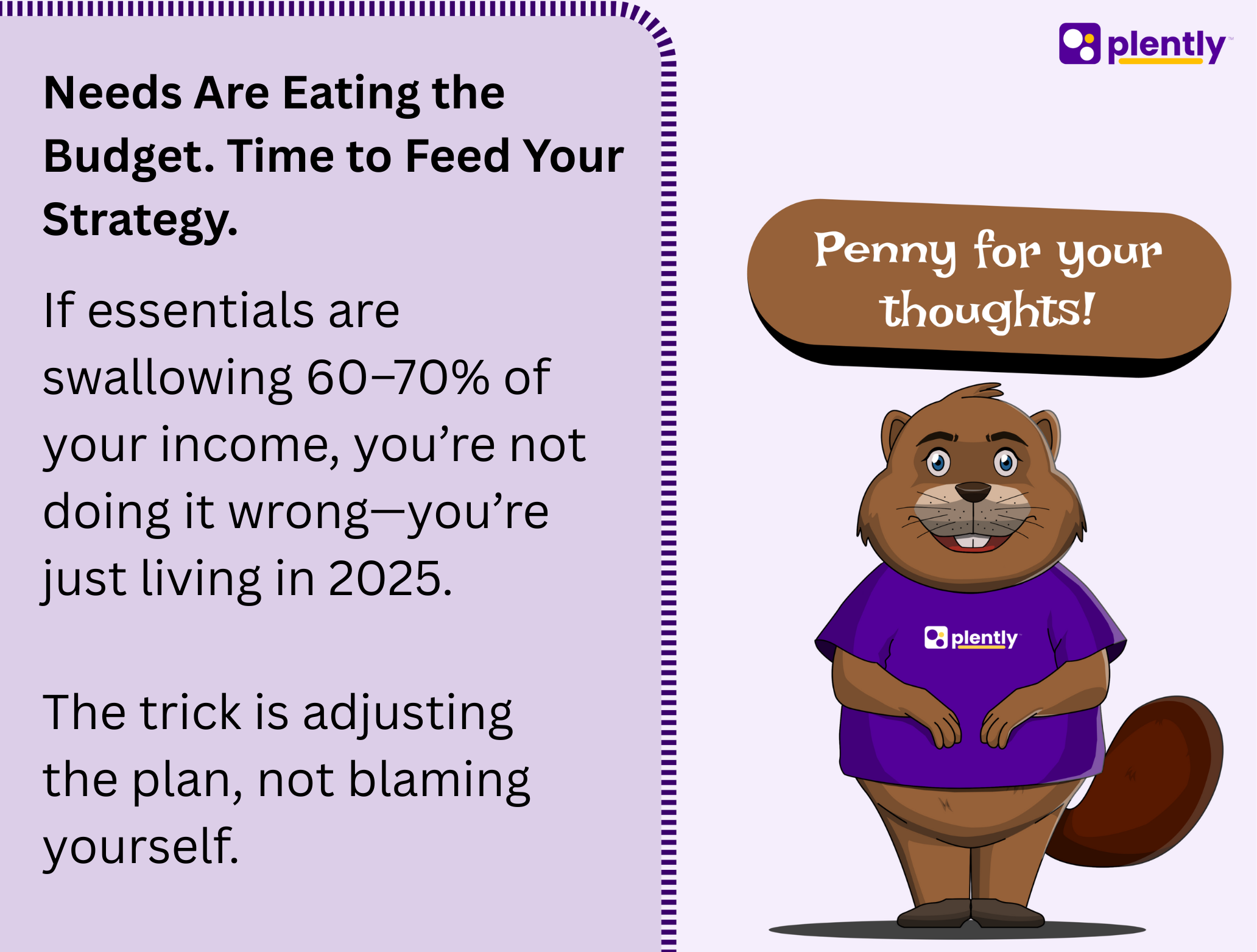How to Budget in 2025: Smart Money Moves to Beat Inflation
4 mins read
Published on May 19, 2025

Introduction
2025 came in hot—with everything from groceries to gas pulling a disappearing act on our wallets. If it feels like your paycheck is evaporating faster than ever, you’re not alone. Inflation is still flexing its muscles, interest rates remain high, and rent prices? Don’t even get us started.
So, what does that mean for your budget?
It means your old money routine might not cut it anymore. Whether you’re a student, parent, freelancer, or somewhere in between, this year’s economy demands more mindful money moves—and a flexible approach to budgeting that can actually keep up.
Let’s break it down.
What’s Changed in 2025?
Inflation may not be skyrocketing the way it did in 2022 or 2023, but it’s still here—humming steadily in the background and nudging up prices across the board. As of early 2025, the U.S. inflation rate is hovering around 3.2%, according to the Bureau of Labor Statistics.
Groceries are still more expensive than they were pre-2020, transportation costs are rising with fluctuating oil prices, and housing affordability continues to be a major challenge. In short, your money needs to stretch further than ever—and that means your budget needs to be a lot more intentional.
Why Traditional Budgeting Might Not Cut It Anymore
The good old 50/30/20 rule (spend 50% on needs, 30% on wants, and save 20%) has served us well—but it’s not always practical in this climate. For many, needs now eat up closer to 60–70% of income. That doesn’t leave much room for wants or savings.
That’s why adaptive budgeting is the best move for 2025.
If you’re new to budgeting or need a refresher, we’ve broken down how to start budgeting in a simple, beginner-friendly guide. But if you’re ready to level up, let’s talk about how to adapt your budget to today’s reality.

Smart Budgeting Tips for 2025
1. Go Zero-Based
Rather than sticking to percentages, try zero-based budgeting—where every dollar you earn is assigned a job. You don’t leave anything “just hanging” in your account. This method forces you to look at your real numbers and adapt monthly based on what’s changing (rent hikes, new subscriptions, etc.).
2. Account for Price Fluctuations
Inflation isn’t a one-time event—it’s ongoing. Build a buffer line into your monthly budget (even $20–50) for random price spikes on things like eggs, ride shares, or medicine. It beats dipping into your emergency fund or going into credit card debt.
3. Use Real-Time Budgeting Tools
Budgeting apps like You Need a Budget (YNAB), Monarch, or Rocket Money help you factor in real-time expenses and alert you when your spending drifts off course. Look for ones that let you tag rising costs or recurring surprises.
4. Reprioritize: Wants vs Needs
Ask yourself: what expenses are truly adding value? If that monthly food delivery app is costing you $300 but meal prepping would save $150… maybe it’s time to shift. Prioritizing value-based spending lets you cut back without feeling deprived.
Lifestyle Tweaks That Still Feel Rich (Kind Of)
Downsizing doesn’t mean downgrading. Try:
DIYing more (like making your own coffee or beauty products)
Buying secondhand from online thrift stores
Going on a subscription detox—cut out 1–2 services you barely use
These small switches can free up extra cash for savings, debt repayment, or just…breathing room.

Emergency Funds and Flex Funds—Yes, You Need Both
If there’s one thing the last few years taught us, it’s that life comes at you fast.
You probably already know that having 3–6 months’ worth of expenses tucked away is wise—but in this economy, it’s essential. If you don’t have one yet, our guide on how to build an emergency fund will help you get started, step-by-step.
What’s new for 2025 is the flex fund—a small stash (say, $200–500) for mini-disruptions: surprise dental work, canceled flights, or that laptop charger that just gave up on life. It’s like an emergency fund, but for “mild inconveniences.”
Don’t Abandon Your Long-Term Goals
Yes, inflation is real. But so is your future.
It’s tempting to hit pause on retirement savings or investments, but even small contributions keep your goals alive. If you’ve adjusted your budget to include just $50 a month toward long-term savings, that’s still a win.
Pro tip: Automate your savings—it’s the easiest way to “set it and forget it” even when life feels tight.
Conclusion
If 2025 has shown us anything, it’s that economic stability is unpredictable. But with a few tweaks and a more flexible mindset, your budget doesn’t have to break. It just has to bend.
Budgeting today isn’t about restriction—it’s about awareness. And the more in tune you are with where your money’s going, the more control you have over where your life’s headed.
Last updated: May 19, 2025
Share this with your friends and family
Join the money party
Level up your financial game with our exclusive blog updates, delivered straight to your inbox
Other articles you might enjoy
Join other Plently users on the journey to simpler money management
Get started on Plently
Rosemary D.
Phia Consultants
It's like having the best financial partner in my pocket!

Jonathan G.
Open Space Inc
Plently has truly transformed my financial life.

Emily H.
Student
With their user-friendly interface and innovative tools, managing my money has become a breeze.

Margaret D.
Small Business Owner
I finally feel in control of my finances, thanks to Plently!

Alexander P.
Small Business Owner
After Plently, I can't imagine going back to traditional banking!

Oliver A.
Student
Being a part of a Money Circle has been a game-changer for me. It's not just about financial contributions; it's a supportive community working together towards shared goals




Loading comments...